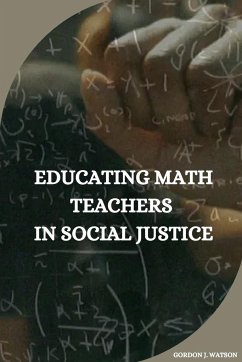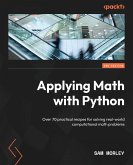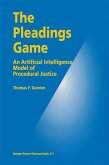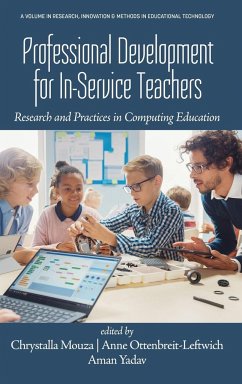The widespread availability of big data, machine learning, and computational power has amplified the relevance of data in our day-to-day lives. For example, it is almost impossible to make it through a day without reading the news, scrolling through Facebook, or reading a policy report that does not generate data or reference or result from data-informed decision-making. As a result, mathematics policy reforms and curriculum developers have begun exploring how data science can be introduced at the K-12 level (e.g., Gould et al. 2016) . At the same time, secondary mathematics teachers have reported feeling uncomfortable with their knowledge about statistics content and practices (Batanero et al., 2011; Franklin et al., 2015). This may be partially attributed to how the statistical education of pre-service mathematics teachers (PSMTs) is often mathematics-oriented (Burill & Biehler, 2011), although mathematics and statistics are two distinct fields. This
Hinweis: Dieser Artikel kann nur an eine deutsche Lieferadresse ausgeliefert werden.
Hinweis: Dieser Artikel kann nur an eine deutsche Lieferadresse ausgeliefert werden.








